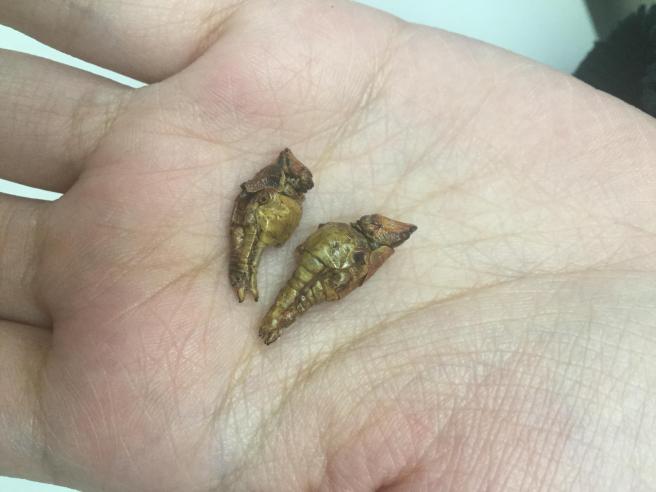Chalupas were brought to Taco Bell for a short time almost a year ago and honestly found a special place on my taste buds for someone who did not know much about Mexican food. As we took this course I honestly had forgotten about them until I interview Javier for our last project and he mentioned how it was not a real chalupa. Their back at Taco Bell so I decided to look into the history of the chalupa. Chalupas are meant to resemble “canoe-like boats that the Aztecs used to navigate the canals” (Graber). They are supposed to small cheap corn tortillas fried in lard. Already there is a strak difference because the tortilla used in Taco Bell’s shell is thick and crunchy. They are not really supposed to have meat in them but they can. Taco Bell adds sour cream, cheeses, lettuce, tomatoes, and ground beef. Definitely not a real chalupa but there other items are not authentic either.

